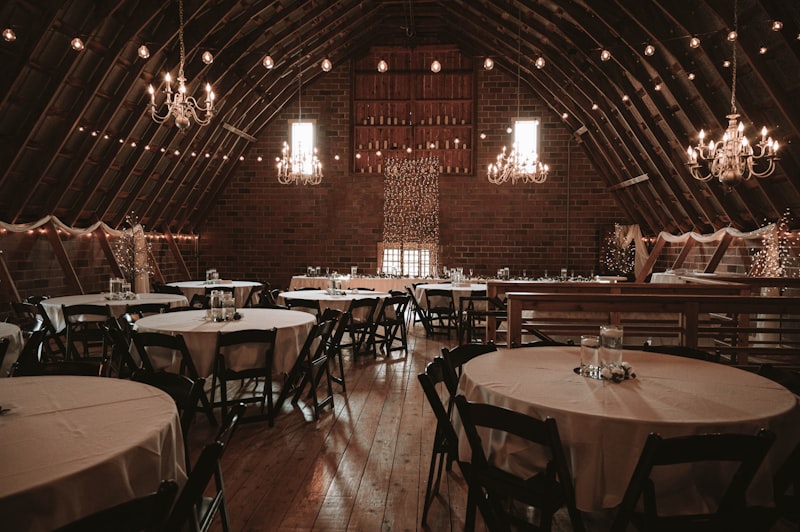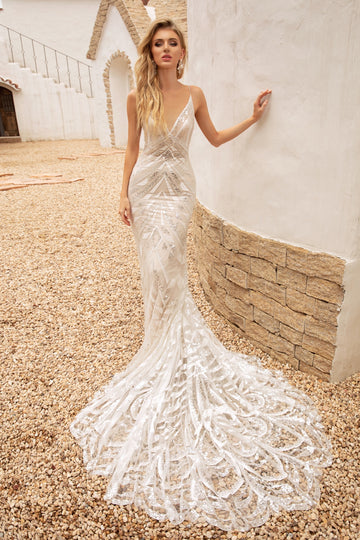Understanding Historic Spending Trends in Weddings: A Comprehensive Analysis
Understanding Historic Spending Trends in Weddings: A Comprehensive Analysis
Weddings are not just a union between two people; they are a significant economic activity that reflects cultural values, traditions, and personal choices. As we delve into historic spending trends in weddings, it is essential to analyze how these expenses have evolved over the years and what factors influence them. In this article, we will provide a detailed look at various aspects of wedding spending, highlighting key trends, statistics, and insights that can help couples plan their special day.
A Brief Overview of Wedding Spending Trends
Wedding costs have seen a dramatic increase over the past few decades. According to research conducted by various wedding industry analysts, the average amount spent on weddings in the United States has risen considerably. In the early 2000s, couples typically spent around $20,000 on their weddings, while in recent years, this figure has skyrocketed to nearly $34,000.
| Year | Average Spending (USD) |
| 2000 | $20,000 |
| 2010 | $25,000 |
| 2020 | $33,000 |
| 2023 | $34,000 |
This increase can be attributed to several factors, including inflation, the rise of social media, and the growing desire for personalized and unique wedding experiences. Couples often seek to create memorable occasions that reflect their personalities and values, which can lead to increased spending.
Factors Influencing Wedding Spending
Understanding the factors that influence wedding spending is crucial for couples looking to make informed decisions about their budgets. Here are some significant contributors:
1. Location
The venue is one of the most significant factors in wedding expenses. Couples often opt for popular wedding destinations, or they may choose to celebrate in their hometown. According to reports, weddings in metropolitan areas typically cost more than those in rural settings. Moreover, destination weddings can add additional costs for travel and accommodation. 
2. Guest Count
The size of the guest list dramatically impacts the overall spending. Larger weddings tend to be more expensive due to higher costs for catering, seating, and additional amenities. Many couples find themselves in a dilemma of whether to invite everyone or keep it intimate to save costs.
3. Seasonal Trends
Timing your wedding can also influence costs. Weddings held during peak seasons (typically spring and summer) may incur higher rates for venues and services compared to off-peak seasons (fall and winter). Additionally, holiday weddings may attract extra fees due to demand.
4. Personalized Elements
With the rise of social media, couples are looking to add unique touches to their weddings, such as personalized decorations, extravagant themes, and bespoke services. While these features enhance the overall experience, they can significantly inflate the budget.
Shifting Spending Patterns over Time
Over the years, spending patterns have shifted significantly. Let's explore some notable changes:
1. Technology in Weddings
The integration of technology in weddings has influenced expenses positively and negatively. Services like live streaming, drone photography, and photobooths have become popular, contributing to overall costs. Couples are increasingly investing in tech-savvy options to engage guests in innovative ways.
2. DIY Weddings
In response to rising costs, many couples are opting for DIY approaches for various aspects of their weddings. From homemade decorations to self-catered meals, the DIY trend serves as a creative way to reduce spending while adding a personal touch to the celebration.
3. Eco-Friendly Weddings
As sustainability becomes a global priority, many couples are opting for eco-friendly wedding options. This trend includes using locally sourced items, choosing natural decorations, and considering sustainable venues. While some may perceive eco-friendly choices as cost-saving, others believe that they can be just as expensive as traditional options.
Regional Variations in Wedding Spending
Another essential factor to consider is the regional variations in wedding spending. Different regions have distinct traditions, expectations, and costs associated with weddings. Here’s a quick comparison of wedding spending in various regions:
| Region | Average Spending (USD) |
| United States | $34,000 |
| United Kingdom | $30,000 |
| Australia | $28,000 |
| India | $20,000 |
As shown in the table above, the average spending varies considerably between regions, influenced by cultural traditions, expectations, and economic factors.
Frequently Asked Questions about Wedding Spending
1. How can I create a budget for my wedding?
Creating a budget involves assessing your financial situation, determining how much you can allocate towards the wedding, and prioritizing the elements that matter most to you. It may be helpful to consult with wedding planners or use online budgeting tools for additional support.
2. What are some cost-saving tips for weddings?
To save costs, consider opting for off-peak wedding dates, limiting the guest list, choosing locally sourced venues and vendors, and incorporating DIY elements where possible. Each small decision can contribute significantly to your overall budget.
3. Are wedding costs increasing every year?
While historical trends suggest that wedding costs have generally risen over the years due to inflation, personal choices, and social influences, fluctuations may occur based on economic factors and societal changes.
Conclusion
Understanding historic spending trends in weddings is essential for couples looking to plan their dream wedding without breaking the bank. As couples navigate the complexities of wedding planning, being aware of factors that affect spending, regional variations, and recent trends is vital. By making informed decisions about their budgets and prioritizing what matters most to them, couples can create memorable weddings that resonate with their values and dreams. Remember to explore various options, embrace unique elements, and, most importantly, celebrate love in a way that feels right for you.
In summary, while wedding expenses continue to evolve, being strategic and intentional with your choices can lead to a beautiful celebration without unnecessary financial stress.
